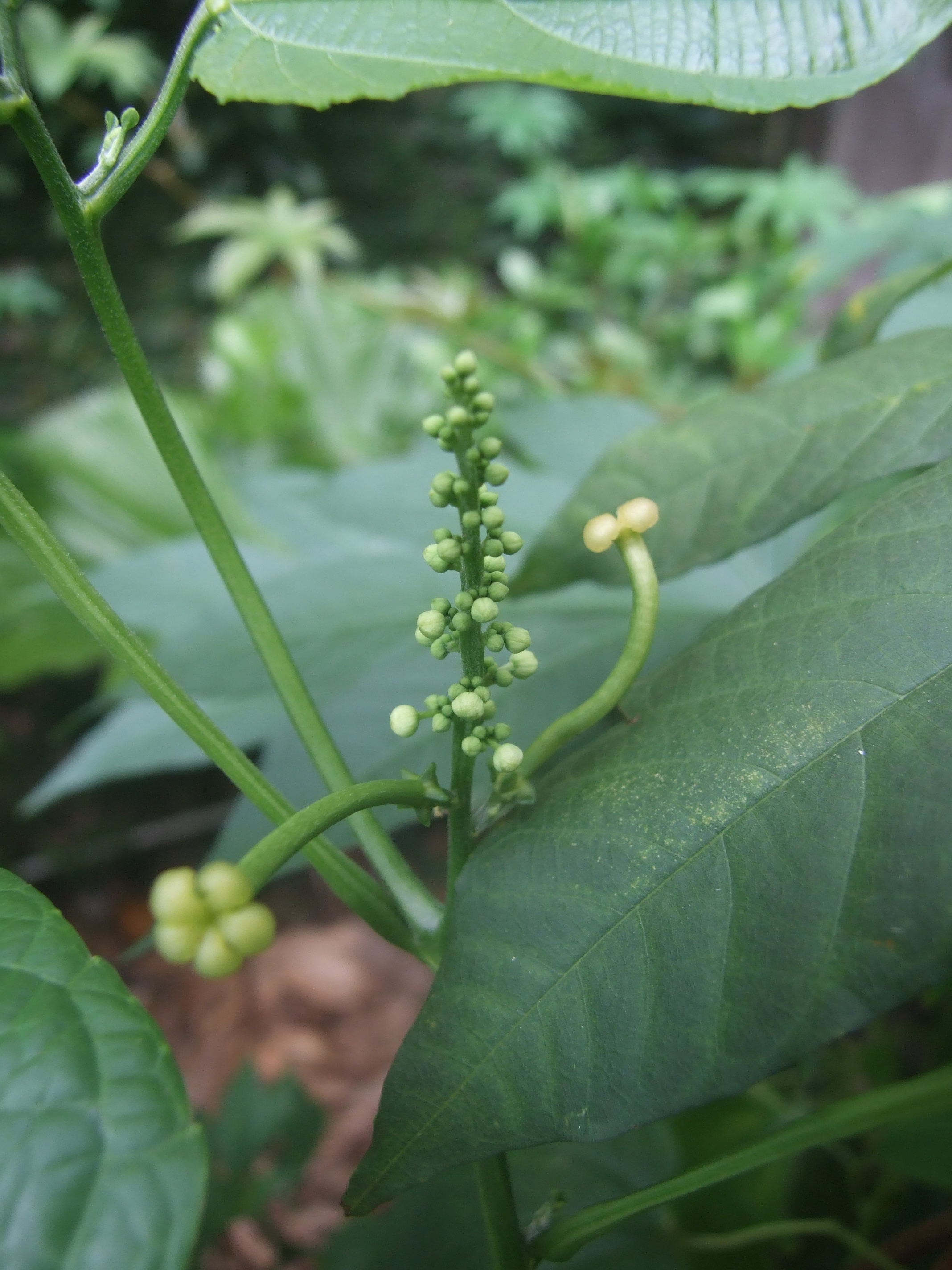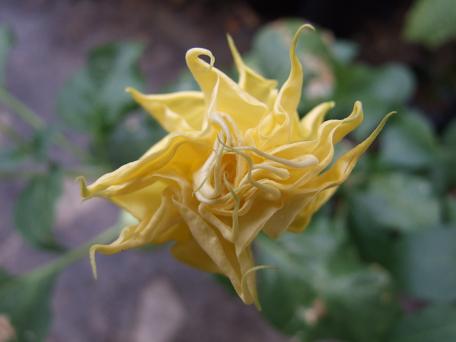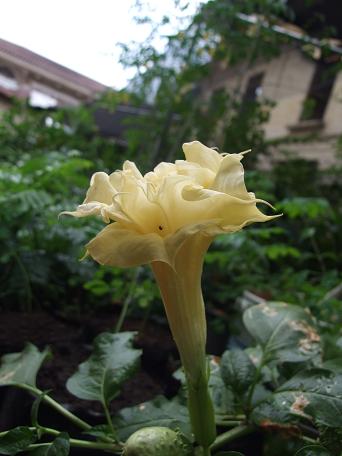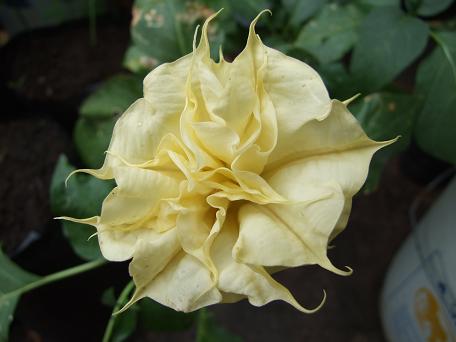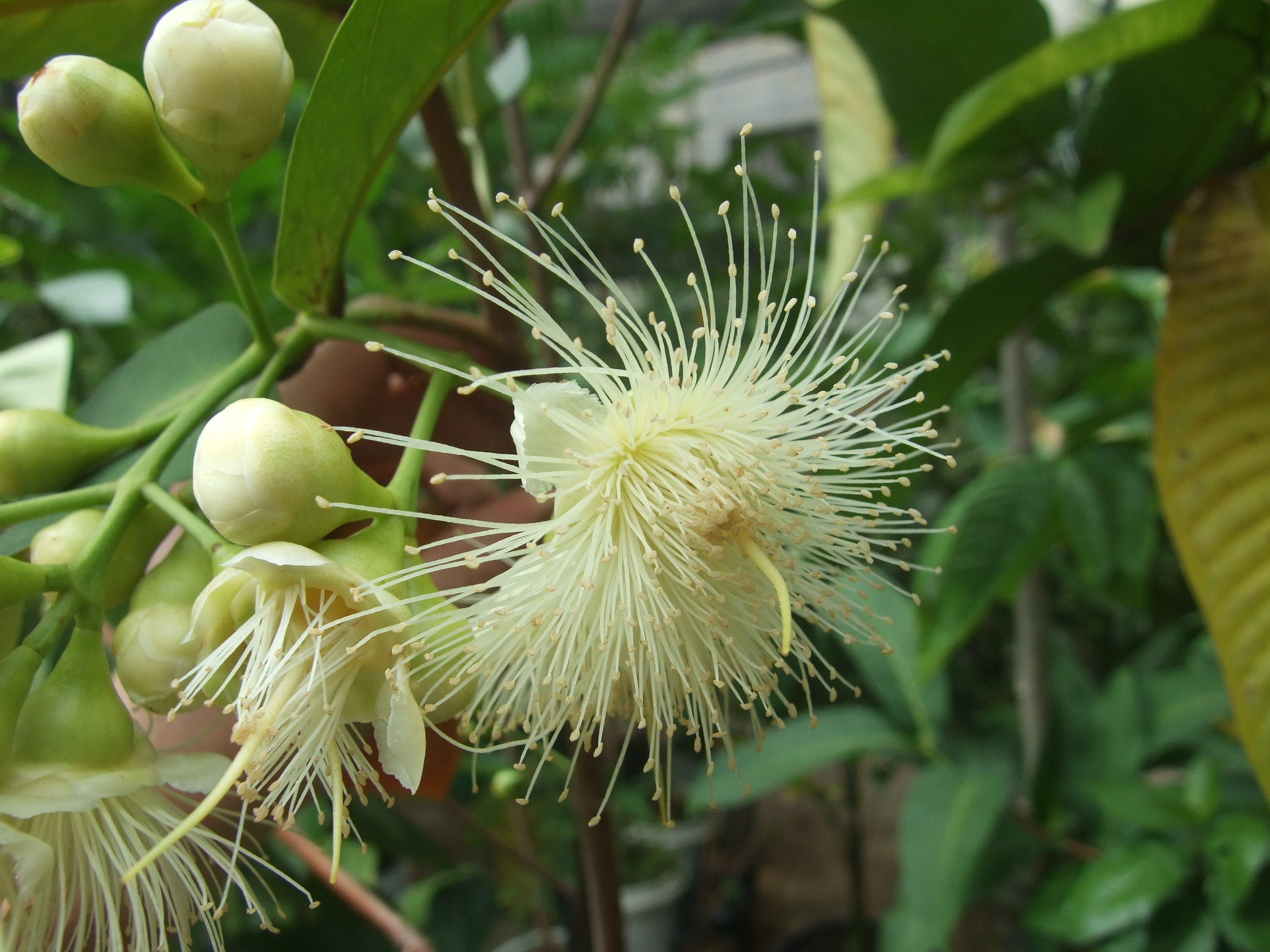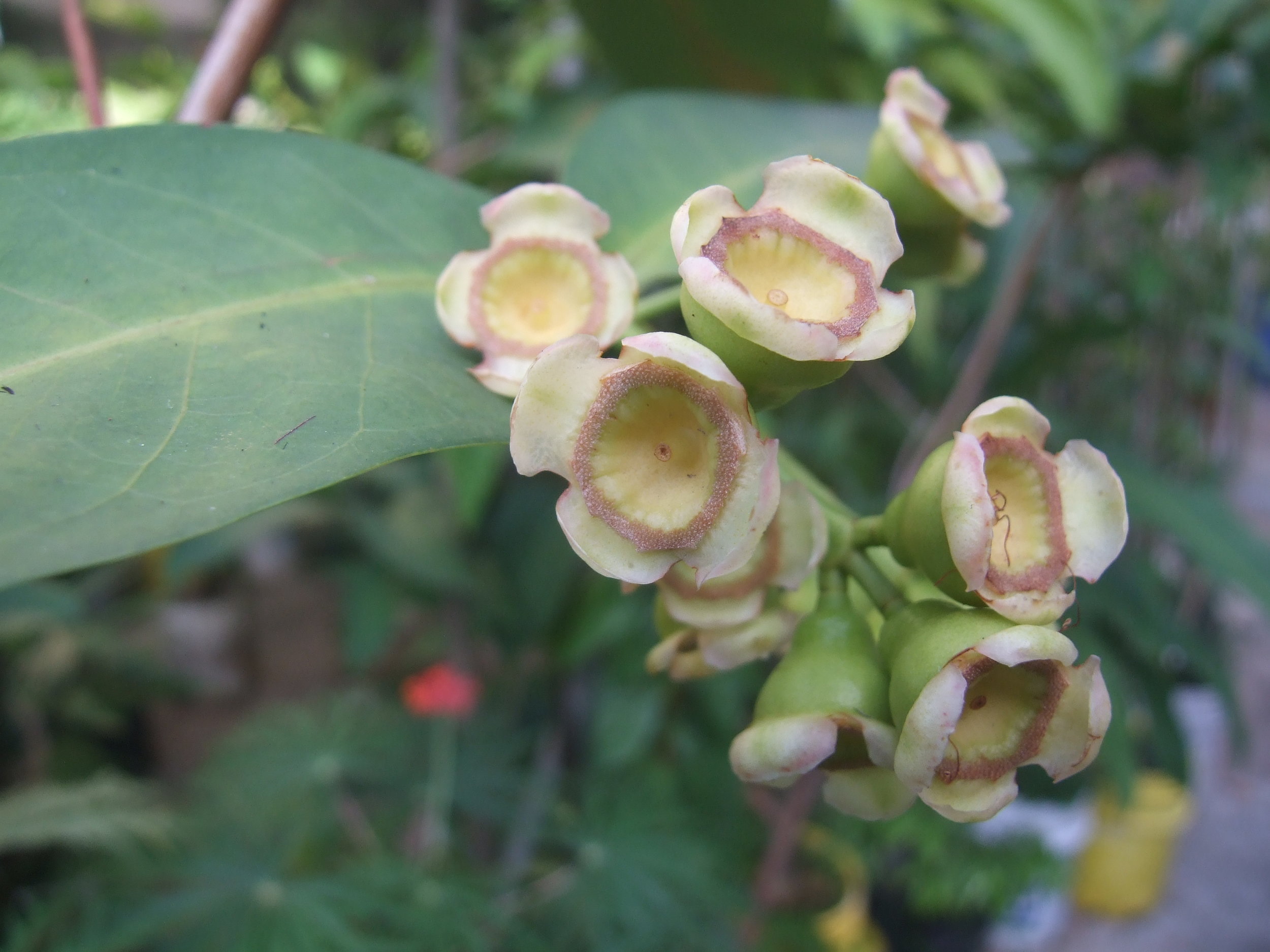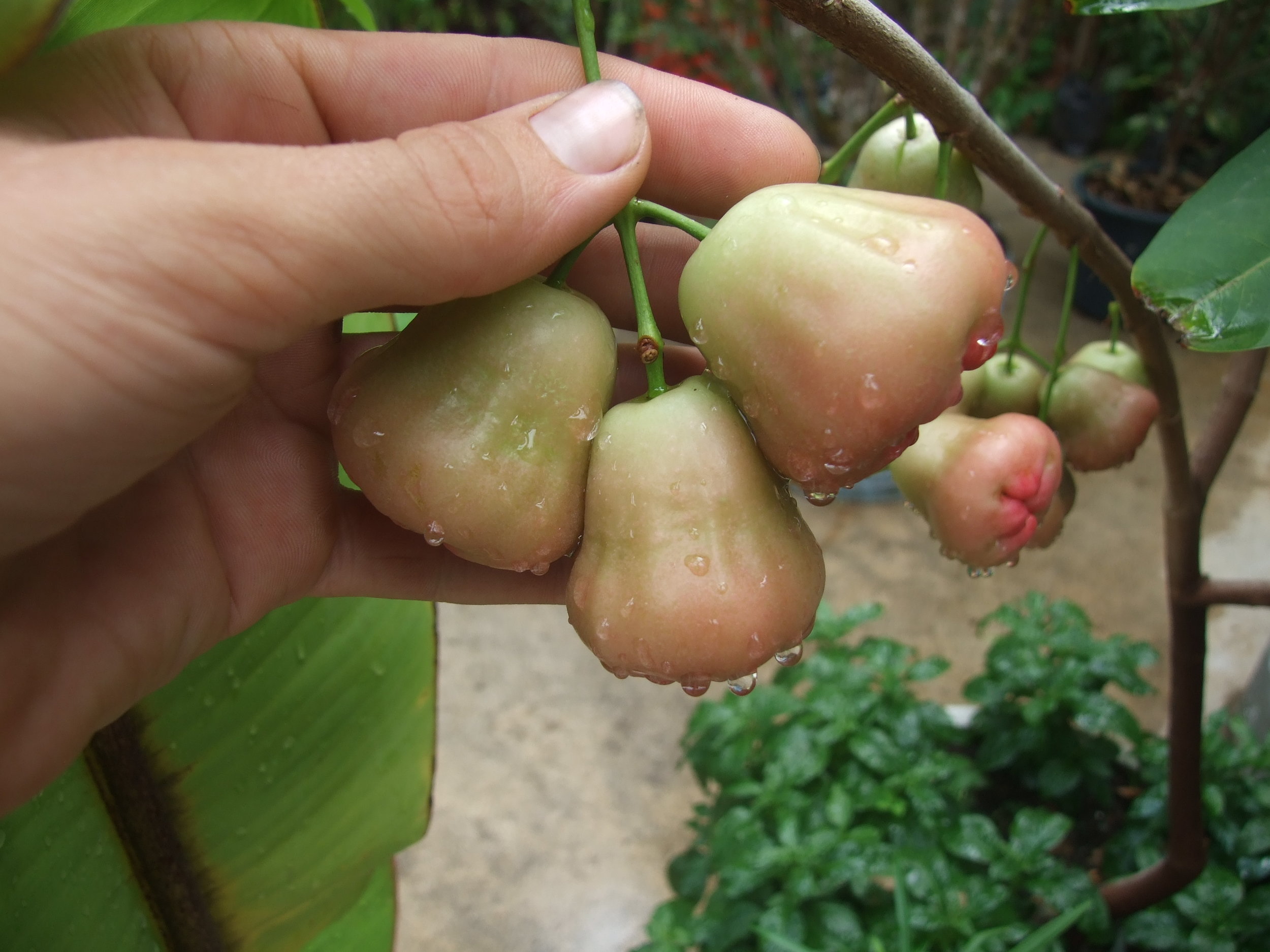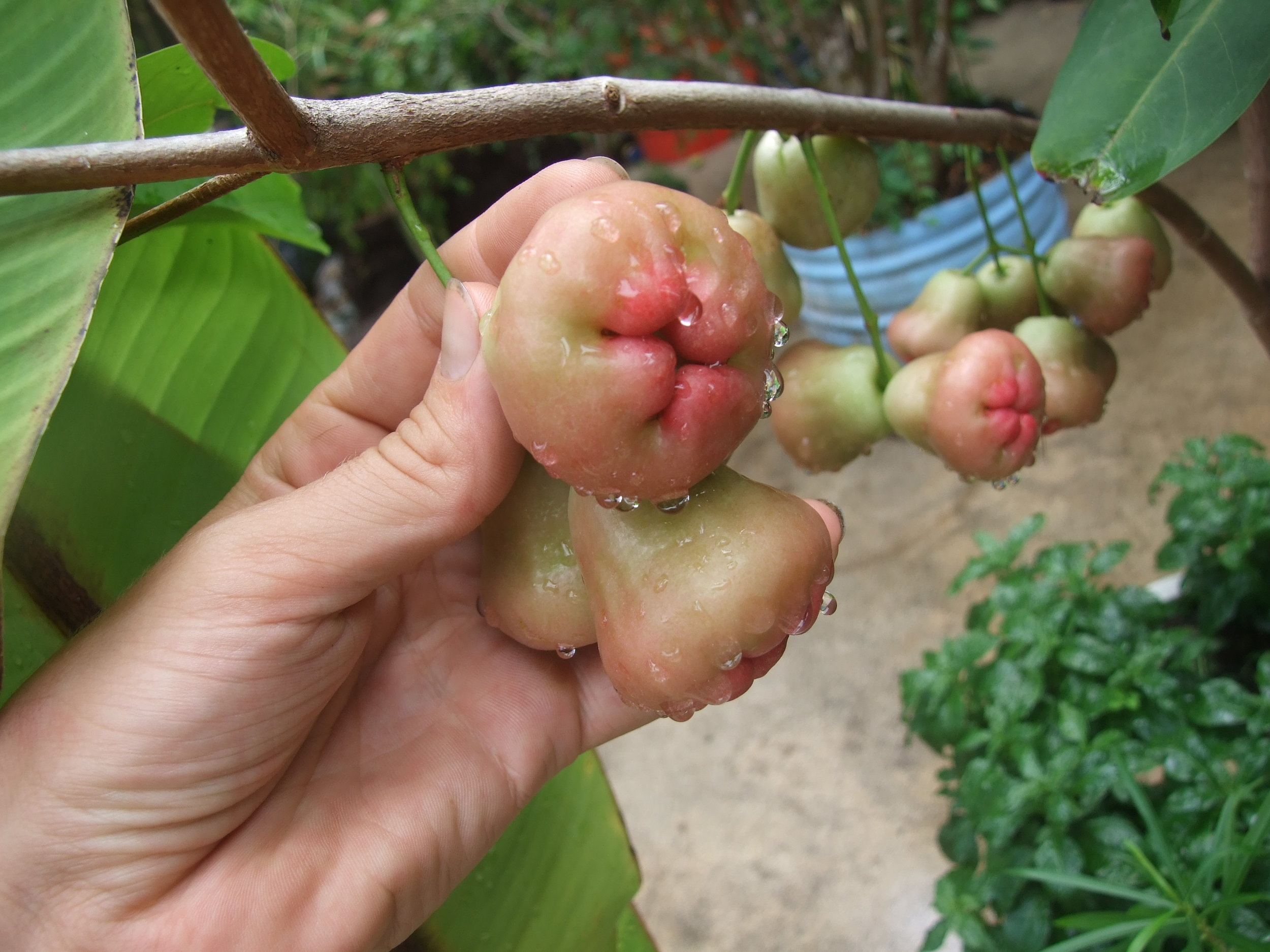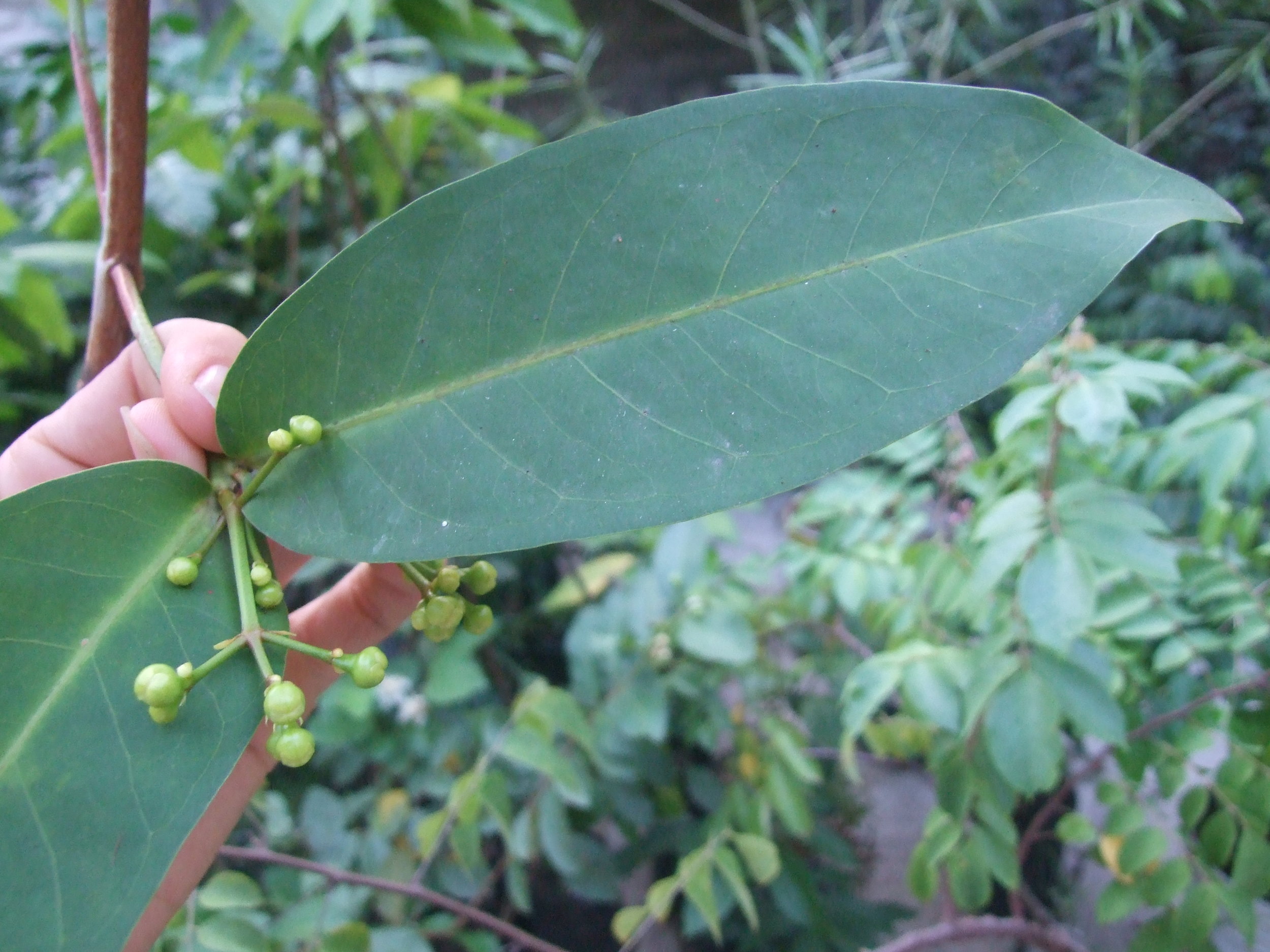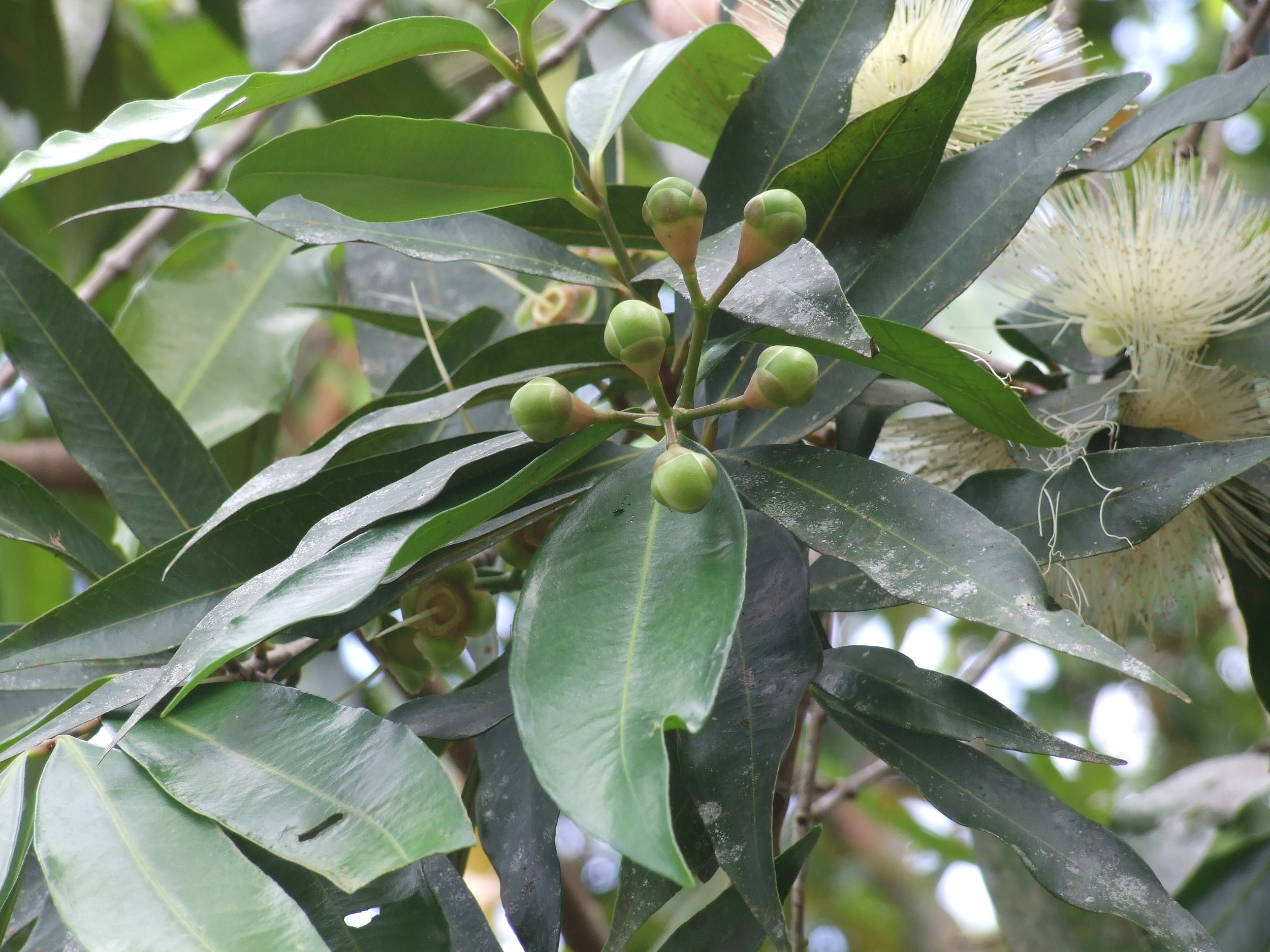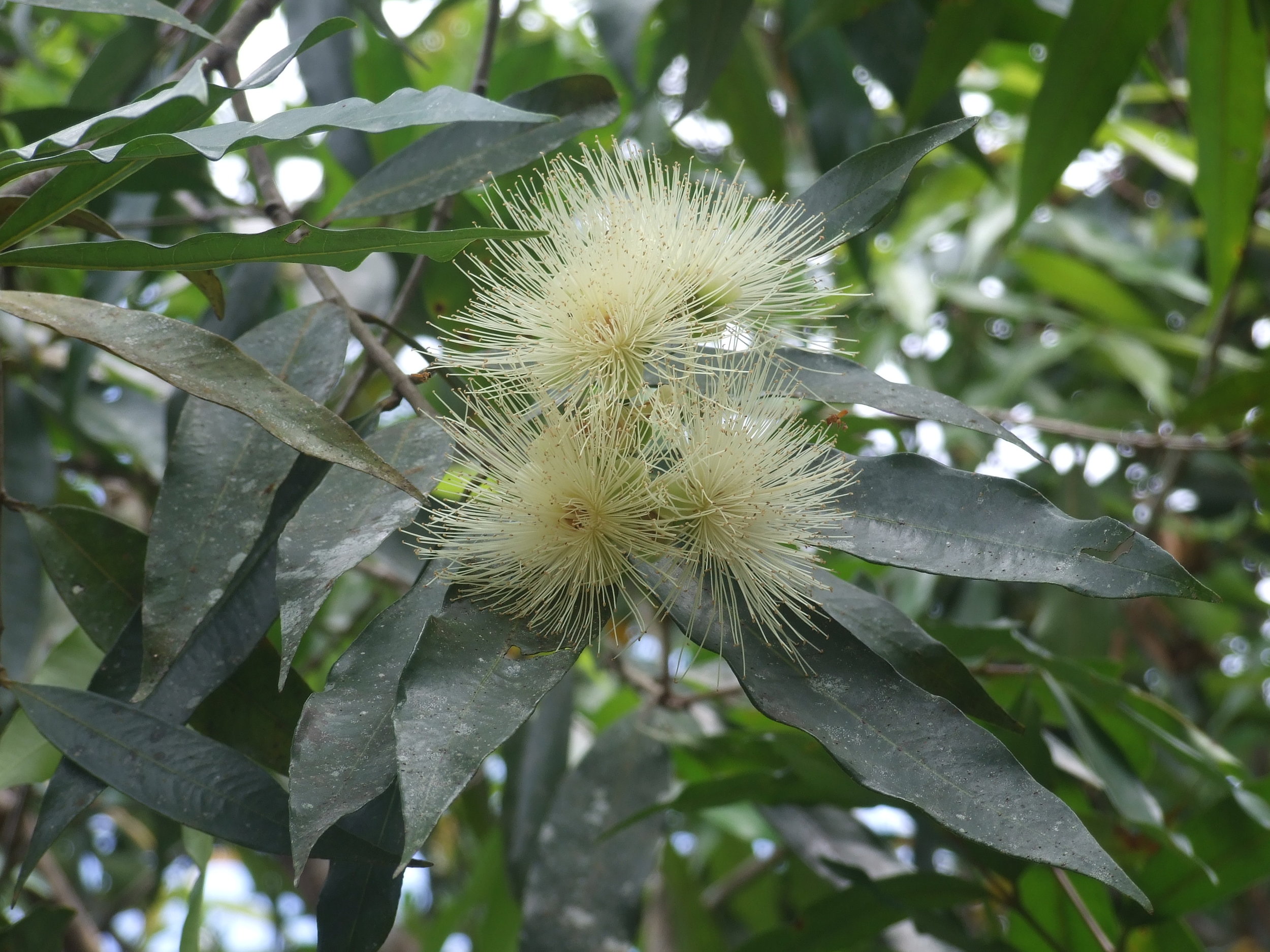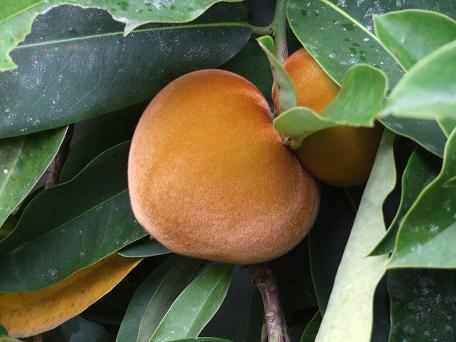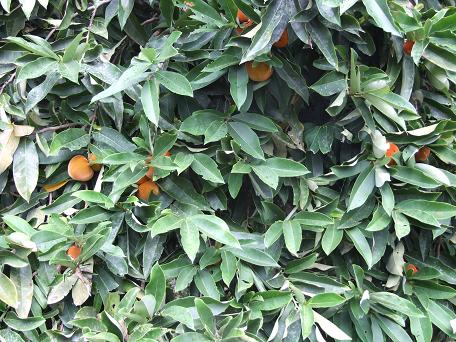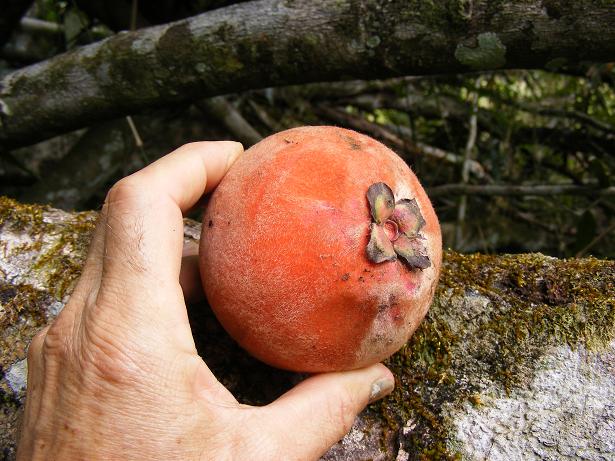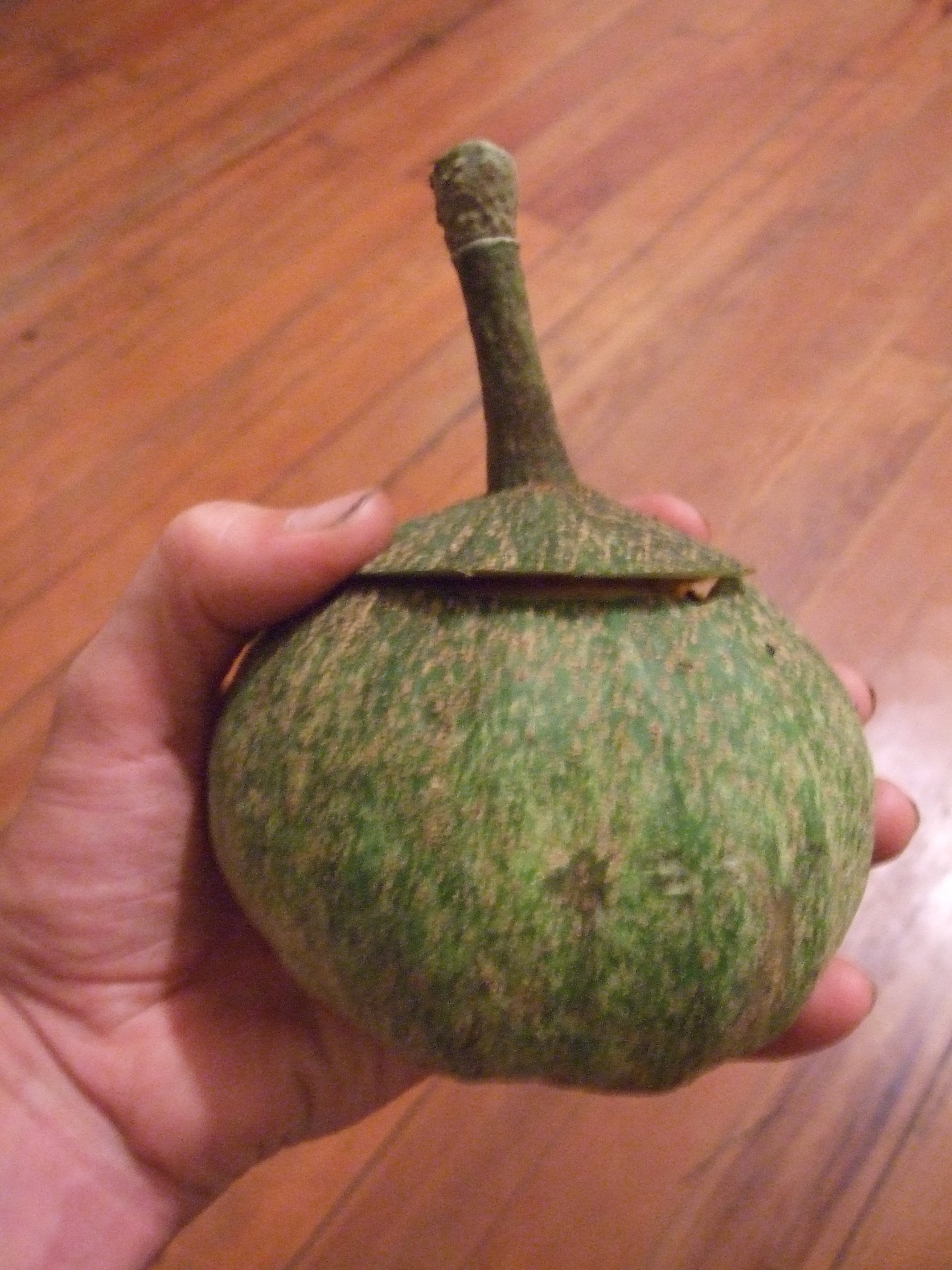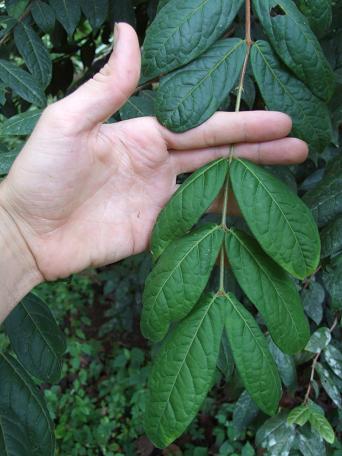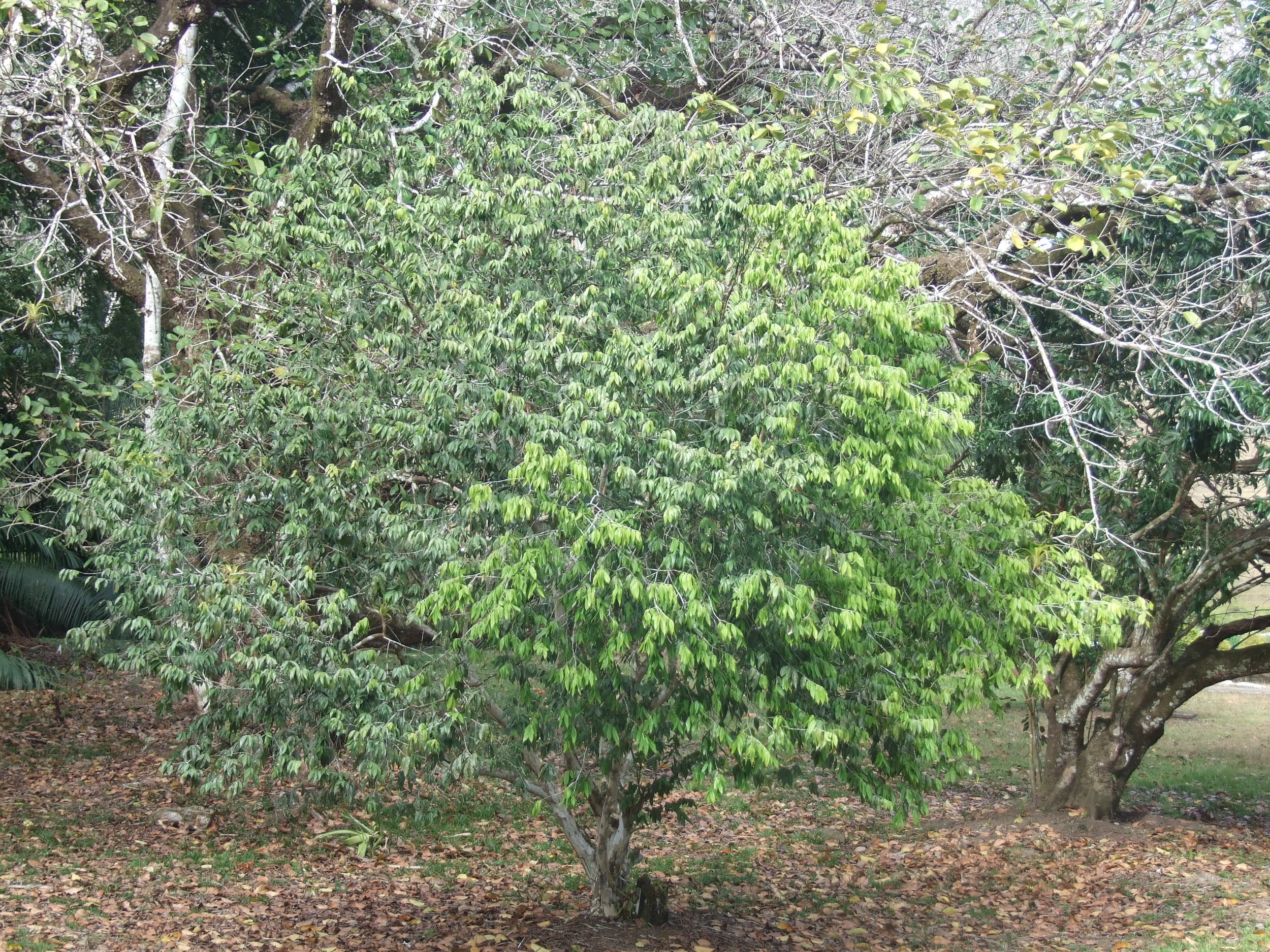Piperaceae, Peperomia pellucida
 I am curious why this post receives more hits then practically any other on this blog. Any feedback to that effect would be appreciated.
I am curious why this post receives more hits then practically any other on this blog. Any feedback to that effect would be appreciated.
Peperonia, along with Purslane and Talinium triangulare, is one of those edible herbs that can be found growing out of the cracks of sidewalks and in abandoned niches throughout the city, few people understand that it is an excellent edible leaf, with a delicate taste, reminiscent of cilantro. It has a very shallow root and a succulent stem (also edible), it volunteers itself and grows extensively throughout my nurseries, usually self-propagating at the base of larger potted trees.
The leaves can be added to salads. In the west Indies they are used to make tea. Medicinally the leaves adn stems are used in a poultice to treat eye infections. A deconcoction of the leaves is used to lower uric acid (for rheumatism and gout).
See link for more on Peperomia medicinal applications: http://www.drugs.com/npp/peperomia-pellucida.html
The other Piper species yielding edible leaves are Piper umbellatum and Piper stylosum, there are probably others. Piper betel is also worth mentioning because, although the leaf isn't eaten as one would eat Peperomia, the leaves are used as a part of the betel quid, wrapped around the seed of Areca catechu, the betel nut palm, very common throughout southeast Asia. I am propagating the betel nut palm in my nurseries but have yet to find Piper betel.
Solanaceae, Datura spp., yellow, triple flower
Moringaceae, Moringa oleifera, horshraddish tree, drumstick tree
Yielding protein, oil, and carbohydrates, and with a load of vitamins and minerals, Moringa is possibly the planet's most underdeveloped tree. A sort of food market on a stalk, it yields at least four different edibles: pods, leaves, seeds, roots. Beyond edibles, it provides products that make village life more self-sufficient in rural communities: lubricating oil, lamp oil, wood, paper, liquid fuel, skin treatments, the means to purify water, and more. The green pods, which look like giant green beans but taste something like asparagus, are notably nutritious. Foliage is an important food product as well. People in various countries around the world boil up the tiny leaflets and eat them like spinach. In general this supreme plant shows a capacity to help solve problems such as hunger, malnutrition, rural poverty, disease, deforestation, and visual blight. Although the experiences come almost exclusively from India, the genus Moringa is inherently African, so it has ancestral roots in sub-Saharan soils. Read more in this informative PDF
Syzygium samarangense - Java Apple
This is an air layered variety I got from Taiwanese agronomistsIn Panama
Syzygium jambos - Rose Apple
Originally from Southeast Asia (East India and Malaya) the Rose Apple has been introduced into tropical regions around the world. It is very common in the Caribbean, brought by English colonizers. Apparently it is being grown in the San Francisco area of N. California. The tree grows with a broad, dense canopy, usually relatively small (5 m), but can reach heights of 20 m. The leaves are long and thin.
The name Rose Apple comes from the scent of the flowers and the taste of the fruit, both of which strongly resemble roses, or rose water. The fruit is round, 3 -5 centimeters in diameter and yellow in color, typically eaten raw, but also used in jellies due to the high pectin content. The fruit contains up to 11% sugar and is considered to be a good source of calcium, iron (2 mg/100 g) and niacin (1.1 mg/100 g).
This species makes a great windbreak due to its low, dense growth habit.
The tree is often wider then it is tall, makes a spectacular ornamental tree, but needs ample space and sun. Although it is somewhat cold hardy, it should be protected from frosts.
Ebenaceae, Diospyros blancoi, velvet apple, mabolo
Mabolo, or velvet apple is an attractive tree, closely related to the persimmon and ebony.
As the English common name would suggest, the fruit is covered in a fine, velvety skin, usually reddish brown. Inside is a soft, creamy flesh with a unique taste and aroma. The species is native to the Philippines where the tree is referred to as kamagong. It is strictly a tropical tree, drought tolerant growing well in a wide variety of soils, from sea level to 2,400 feet. Planted from the seed the tree can take up to six years to bear fruit. Trees propagated from cuttings produce fruit in three to four years.
Lecythidaceae, Gustavia superba, membrillo, paco


Eugenia stipitada - Araza
Thought to be native to the Peruvian and Brazilian Amazon, still not very widely cultivated. Araza is typically consumed fresh, used to prepare excellent juices. The flavor and texture is considered to be superior to the guava. The most notable benefits of this species are, A) that it is shade loving. Unlike most fruit trees, Araza prefers at least partial shade. I have seen it growing and producing fruit in the dappled shade of understory, below two canopies. B) Given the right conditions the tree can bear fruit within a year and a half or two years of growth. Once a tree begins bearing it can be depended up on to flower and fruit fairly consistently. C) Fruit are large, seeds are easy to separate. D) The fruit is versatile. Excellent as a base for sauces, juices, and so forth. Usually used for juices. Consumed with Miracle Fruit it is almost disgustingly sweet. Araza is extremely rich in carbohydrates (7%) and vitamin B1.
The tree thrives in humid tropical climates, adapted to at least 2,000 mm annual rainfall and to poor, acidic soils.
Myrciaria vexator - Blue Grape


